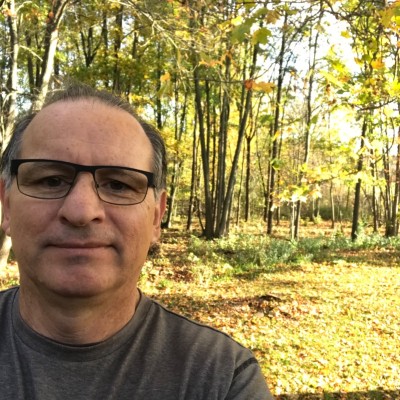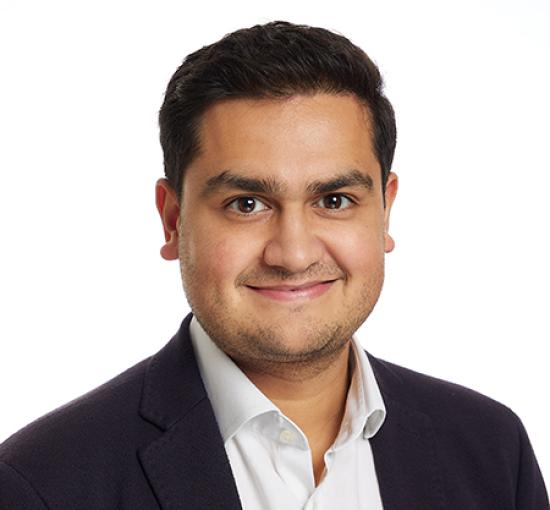About
The Cornell Phonetics Lab is a group of students and faculty who are curious about speech. We study patterns in speech — in both movement and sound. We do a variety research — experiments, fieldwork, and corpus studies. We test theories and build models of the mechanisms that create patterns. Learn more about our Research. See below for information on our events and our facilities.

Upcoming Events
15th April 2024 12:20 PM
Phonetics Lab Meeting
There will be no Phonetics Lab meeting this week.
Location: B11 Morrill Hall, 159 Central Avenue, Morrill Hall, Ithaca, NY 14853-4701, USA
17th April 2024 12:20 PM
PhonDAWG - Phonetics Lab Data Analysis Working Group
Juhyae will present her experiment design.
(we may do a couple days of pitch tracking tutorial in upcoming weeks as well)
Location: B11 Morrill Hall, 159 Central Avenue, Morrill Hall, Ithaca, NY 14853-4701, USA
18th April 2024 02:55 PM
Factors Affecting Cayuga Language Revitalization
Thomas Deer of the Six Nations Language Commission will speak on Factors Affecting Cayuga Language Revitalization
His talk will discuss current Cayuga language revitalization efforts and some of the factors that may be changing the language in various ways: e.g. dialect, education and loss of 1st language speakers.
Location: Morrill Hall, 226F, Cornell University Linguistics Dept, 159 Central Avenue, Morrill Hall, Ithaca, NY 14853-4701, USA
18th April 2024 04:30 PM
Linguistics Colloquium Speaker Dr. Krishnan Ram-Prasad will speak on the clitic system(s) of Proto-Indo-European
The Department of Linguistics proudly presents Dr. Krishnan Ram-Prasad, Junior Research Fellow in Classics and Linguistics at the University of Oxford. Dr. Ram-Prasad will speak on "The clitic system(s) of Proto-Indo-European". Dr. Ram-Prasad's presentation is co-sponsored by the Cornell Classics Department.
Ancient Indo-European languages exhibit various kinds of clitic, understood as words that are prosodically “deficient” in some way and so require a full lexical word as their host, usually to their immediate left.
These clitics fall broadly into two clearly separated syntactic categories: conjunctions/particles (e.g., Latin -que, Ancient Greek te, Sanskrit ca “and”) and pronouns (e.g., Latin me, Ancient Greek me, Sanskrit mā “me”). It was observed in the late 19th century that these elements routinely occur in “second position”, a phenomenon commonly referred to as Wackernagel’s Law. From its conception, however, Wackernagel’s Law has represented a multifarious set of phenomena, with “second position” rules apparently applying variably at the phonological or syntactic level, and numerous apparent exceptions.
Moreover, different ancient Indo-European languages appear to show Wackernagel effects in different ways: most strikingly, while “core” Indo-European languages show distributional differences between clitic conjunctions and clitic pronouns, combining both syntactic and prosodic movement, in Anatolian languages, they all group together in a characteristic clitic cluster.
In this paper, I present the comparative evidence concerning these clitic systems in ancient Indo-European languages, ultimately arguing that the dual clitic system of core Indo-European languages represents the more archaic form, with the Anatolian languages innovating away from that via a series of grammaticalisations and abductive reanalyses.
Location: Morrill Hall, 106 Cornell University Dept, 159 Central Avenue, Morrill Hall, Ithaca, NY 14853-4701, USA
Facilities
The Cornell Phonetics Laboratory (CPL) provides an integrated environment for the experimental study of speech and language, including its production, perception, and acquisition.
Located in Morrill Hall, the laboratory consists of six adjacent rooms and covers about 1,600 square feet. Its facilities include a variety of hardware and software for analyzing and editing speech, for running experiments, for synthesizing speech, and for developing and testing phonetic, phonological, and psycholinguistic models.
Web-Based Phonetics and Phonology Experiments with LabVanced
The Phonetics Lab licenses the LabVanced software for designing and conducting web-based experiments.
Labvanced has particular value for phonetics and phonology experiments because of its:
- *Flexible audio/video recording capabilities and online eye-tracking.
- *Presentation of any kind of stimuli, including audio and video
- *Highly accurate response time measurement
- *Researchers can interactively build experiments with LabVanced's graphical task builder, without having to write any code.
Students and Faculty are currently using LabVanced to design web experiments involving eye-tracking, audio recording, and perception studies.
Subjects are recruited via several online systems:
- * Prolific and Amazon Mechanical Turk - subjects for web-based experiments.
- * Sona Systems - Cornell subjects for for LabVanced experiments conducted in the Phonetics Lab's Sound Booth

Computing Resources
The Phonetics Lab maintains two Linux servers that are located in the Rhodes Hall server farm:
- Lingual - This Ubuntu Linux web server hosts the Phonetics Lab Drupal websites, along with a number of event and faculty/grad student HTML/CSS websites.
- Uvular - This Ubuntu Linux dual-processor, 24-core, two GPU server is the computational workhorse for the Phonetics lab, and is primarily used for deep-learning projects.
In addition to the Phonetics Lab servers, students can request access to additional computing resources of the Computational Linguistics lab:
- *Badjak - a Linux GPU-based compute server with eight NVIDIA GeForce RTX 2080Ti GPUs
- *Compute server #2 - a Linux GPU-based compute server with eight NVIDIA A5000 GPUs
- *Oelek - a Linux NFS storage server that supports Badjak.
These servers, in turn, are nodes in the G2 Computing Cluster, which currently consists of 195 servers (82 CPU-only servers and 113 GPU servers) consisting of ~7400 CPU cores and 698 GPUs.
The G2 Cluster uses the SLURM Workload Manager for submitting batch jobs that can run on any available server or GPU on any cluster node.
Articulate Instruments - Micro Speech Research Ultrasound System
We use this Articulate Instruments Micro Speech Research Ultrasound System to investigate how fine-grained variation in speech articulation connects to phonological structure.
The ultrasound system is portable and non-invasive, making it ideal for collecting articulatory data in the field.

BIOPAC MP-160 System
The Sound Booth Laboratory has a BIOPAC MP-160 system for physiological data collection. This system supports two BIOPAC Respiratory Effort Transducers and their associated interface modules.

Language Corpora
- The Cornell Linguistics Department has more than 915 language corpora from the Linguistic Data Consortium (LDC), consisting of high-quality text, audio, and video corpora in more than 60 languages. In addition, we receive three to four new language corpora per month under an LDC license maintained by the Cornell Library.
- This Linguistic Department web page lists all our holdings, as well as our licensed non-LDC corpora.
- These and other corpora are available to Cornell students, staff, faculty, post-docs, and visiting scholars for research in the broad area of "natural language processing", which of course includes all ongoing Phonetics Lab research activities.
- This Confluence wiki page - only available to Cornell faculty & students - outlines the corpora access procedures for faculty supervised research.

Speech Aerodynamics
Studies of the aerodynamics of speech production are conducted with our Glottal Enterprises oral and nasal airflow and pressure transducers.

Electroglottography
We use a Glottal Enterprises EG-2 electroglottograph for noninvasive measurement of vocal fold vibration.

Real-time vocal tract MRI
Our lab is part of the Cornell Speech Imaging Group (SIG), a cross-disciplinary team of researchers using real-time magnetic resonance imaging to study the dynamics of speech articulation.

Articulatory movement tracking
We use the Northern Digital Inc. Wave motion-capture system to study speech articulatory patterns and motor control.
Sound Booth
Our isolated sound recording booth serves a range of purposes--from basic recording to perceptual, psycholinguistic, and ultrasonic experimentation.
We also have the necessary software and audio interfaces to perform low latency real-time auditory feedback experiments via MATLAB and Audapter.

